Scientific name Phormictopus Rank Genus | Order Araneae Family Theraphosidae Higher classification Theraphosidae | |
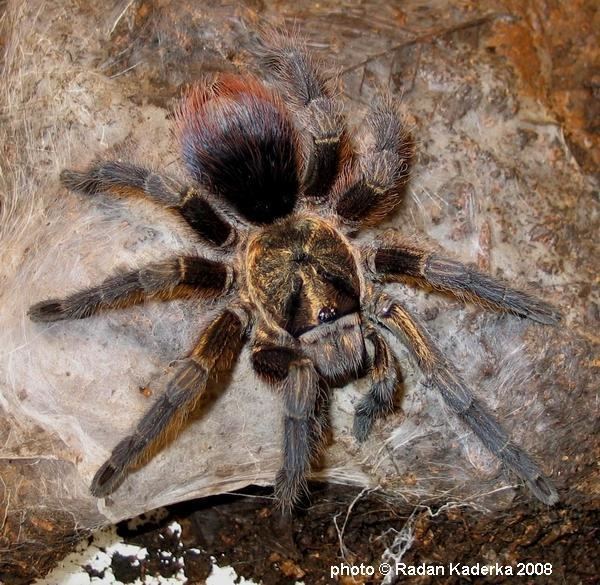 | ||
Similar Phormictopus cancerides, Pamphobeteus, Tapinauchenius, Chilobrachys, Megaphobema | ||
Phormictopus is a genus of spiders in the family Theraphosidae (tarantulas) that occurs in the West Indies, mainly Cuba, with three species probably misplaced in this genus found in Brazil and Argentina.
Contents
- Phormictopus cancerides haitian brown bird eater mating attempt 1 isabella 02 24 15
- Description
- Taxonomy
- Species
- References
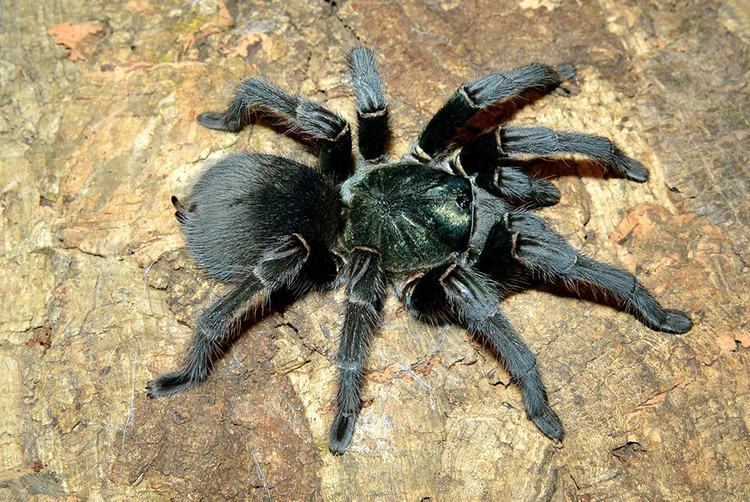
Phormictopus cancerides haitian brown bird eater mating attempt 1 isabella 02 24 15
Description
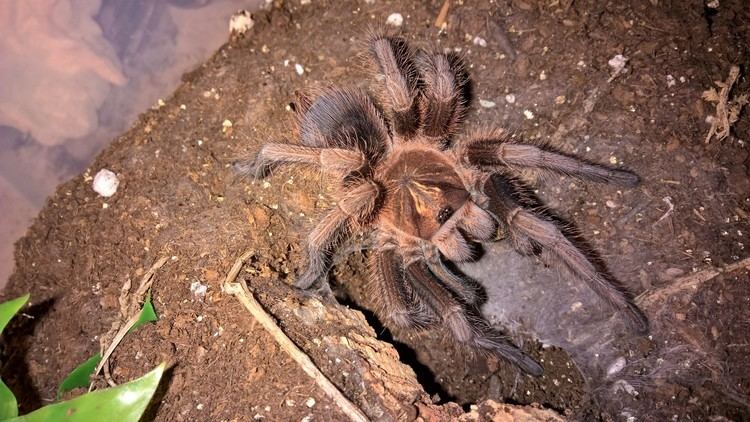
Phormictopus species are quite large spiders; for example a female of Phormictus auratus had a total body length of 73 mm (2.9 in) with the longest leg (the fourth) being 74 mm (2.9 in) long. They have stridulating organs on the coxae and trochanters of the pedipalps and first pair of legs. Males have two apophyses (projections) on the tibia of the first pair of legs, and urticating hairs of type I. Females have a two-part spermatheca, and urticating hairs of types I and II.
Taxonomy
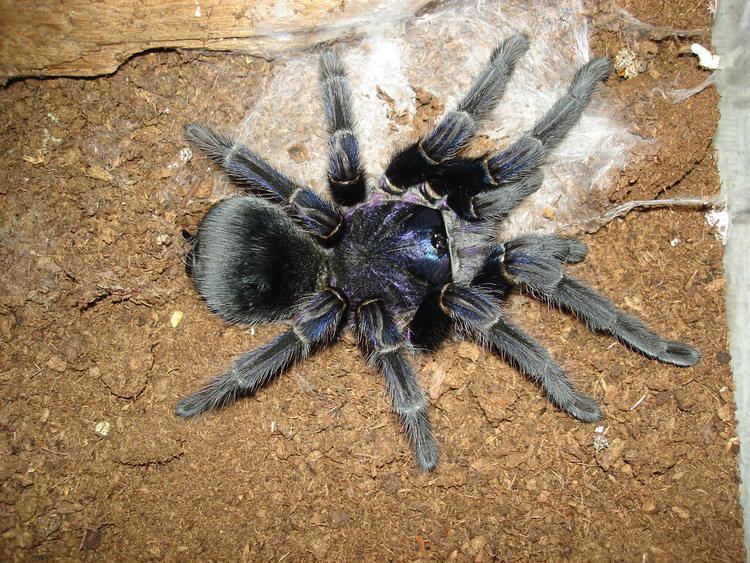
The genus Phormictopus was erected by Reginald Innes Pocock in 1901. He transferred Mygale cancerides, first described by Pierre André Latreille in 1806, to his new genus as the type species. When Jan-Peter Rudloff reviewed the genus in 2008, it included 14 species. He reduced this number to seven definitely belonging to the genus, and described five more. Three species were considered misplaced in Phormictopus, but no definite alternative placement was provided. With these exclusions, the genus is probably restricted to the West Indies.
Species
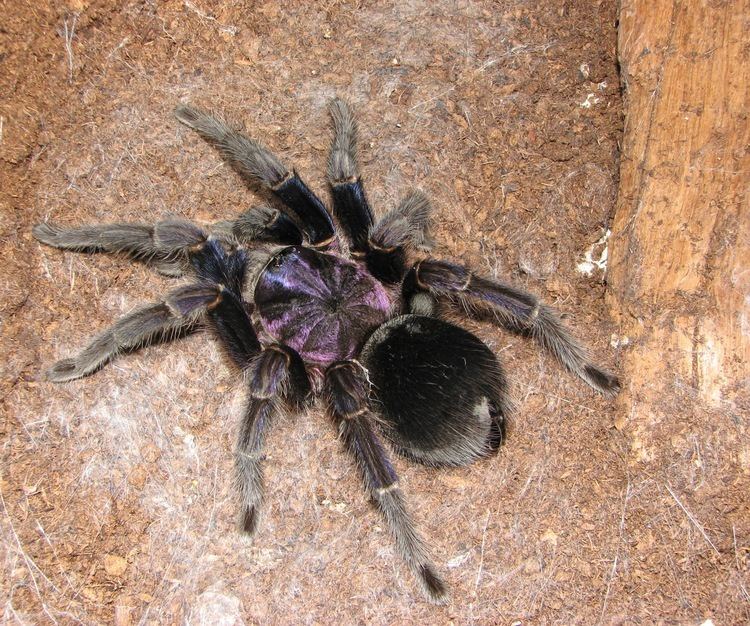
As of May 2016, the World Spider Catalog accepted the following species, including three considered by Rudloff to be misplaced:
